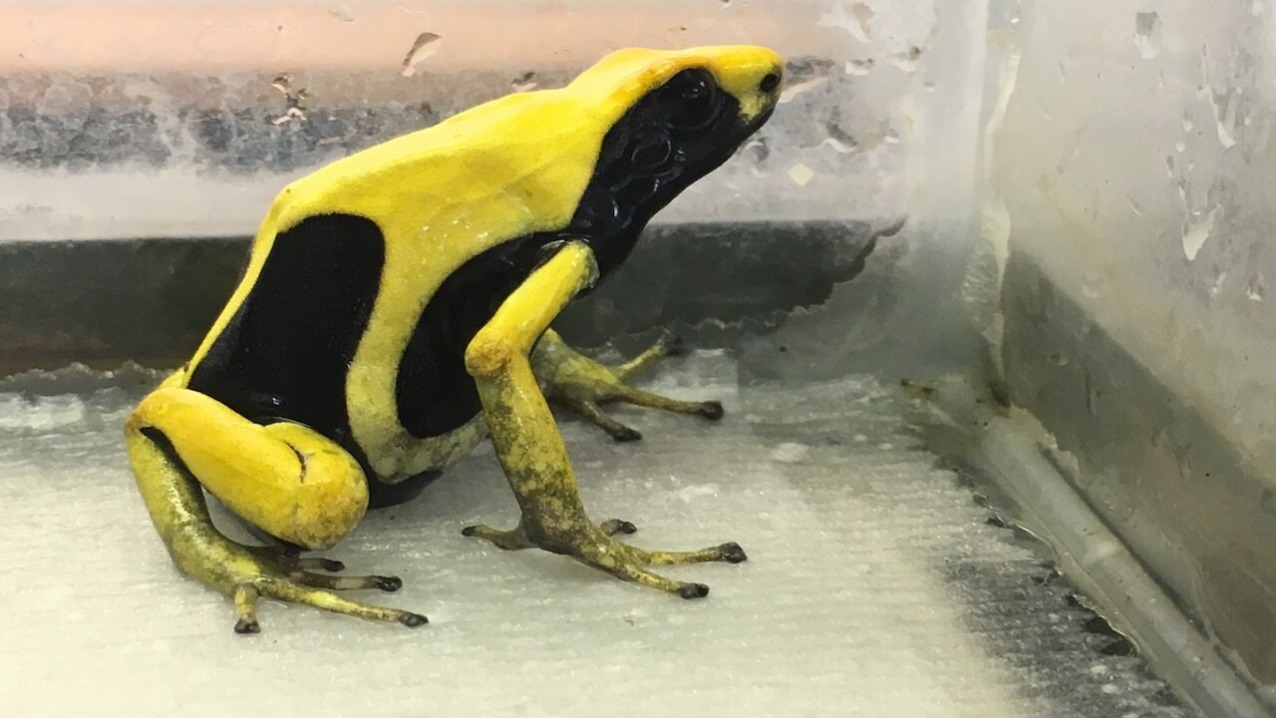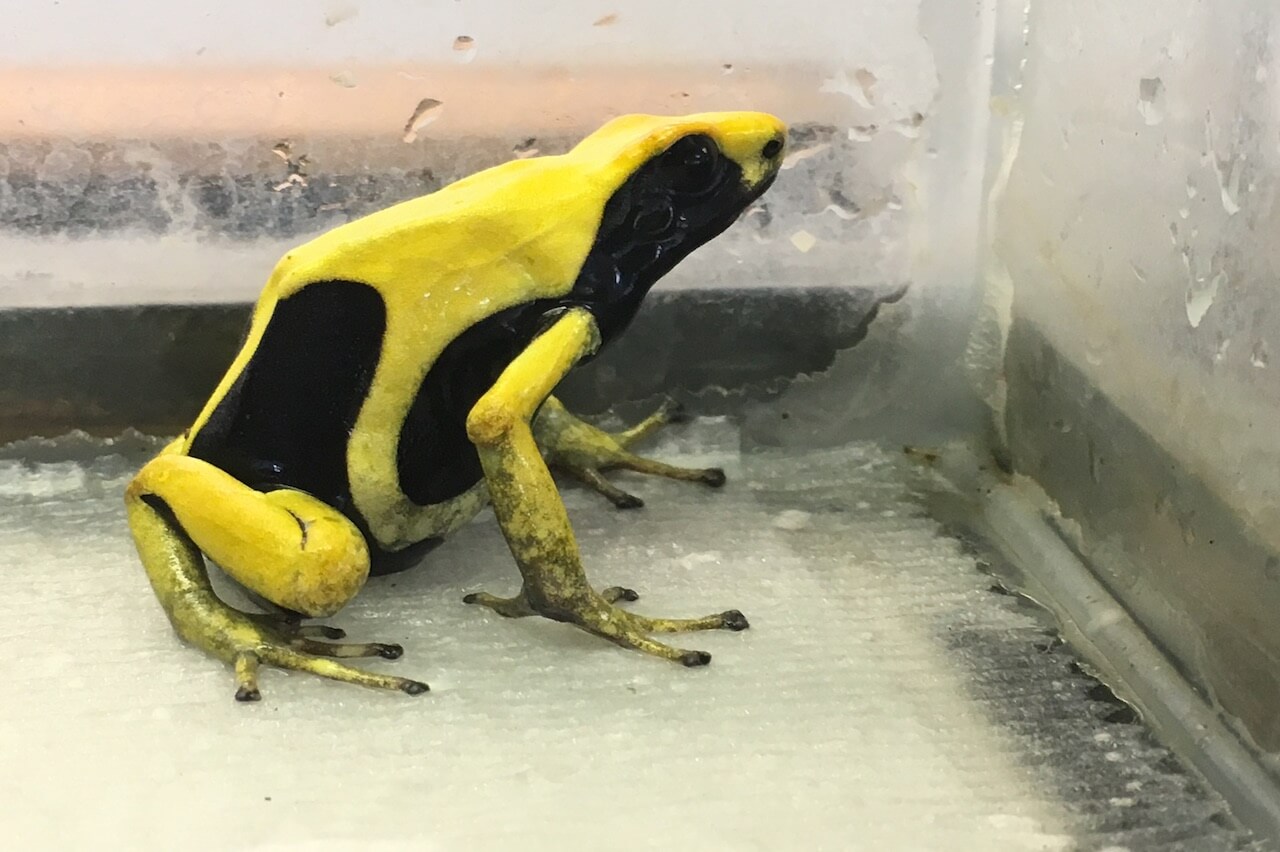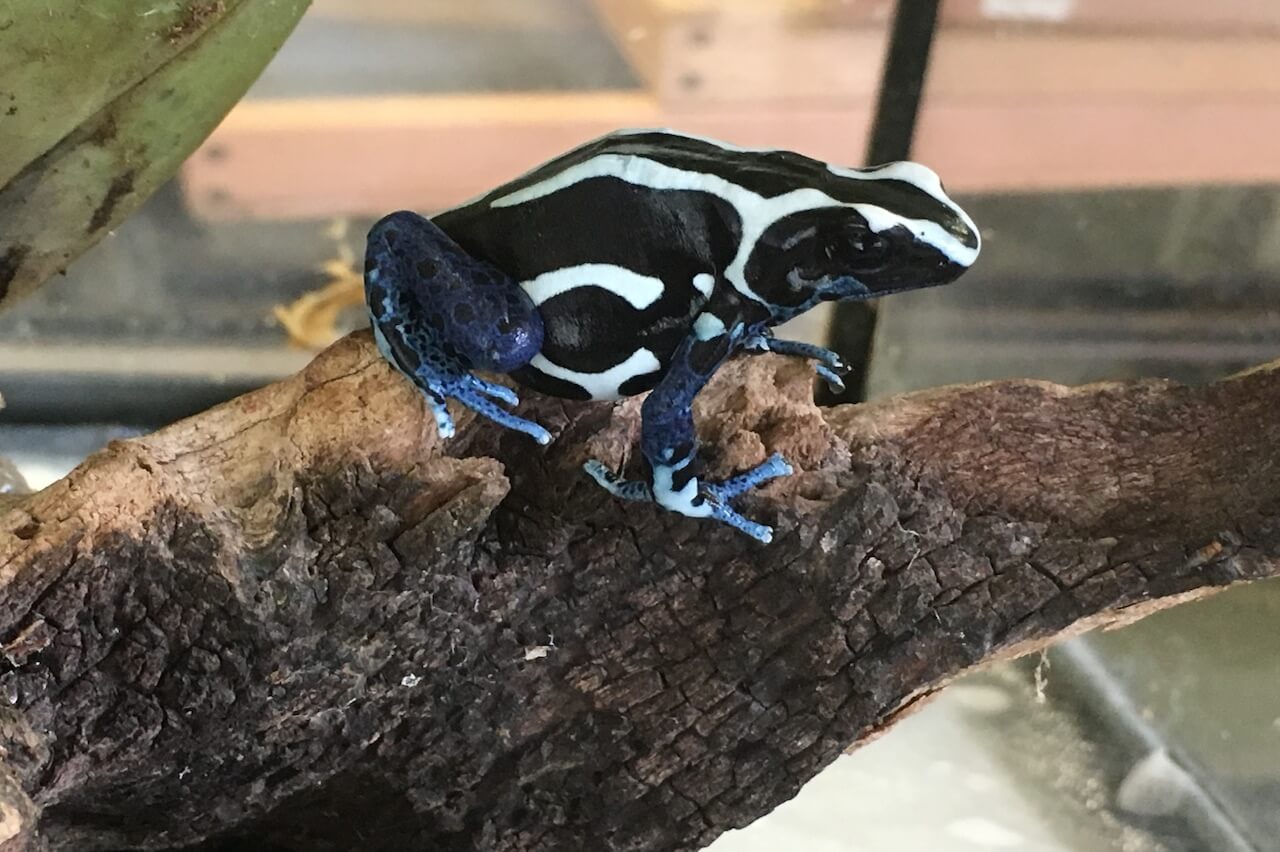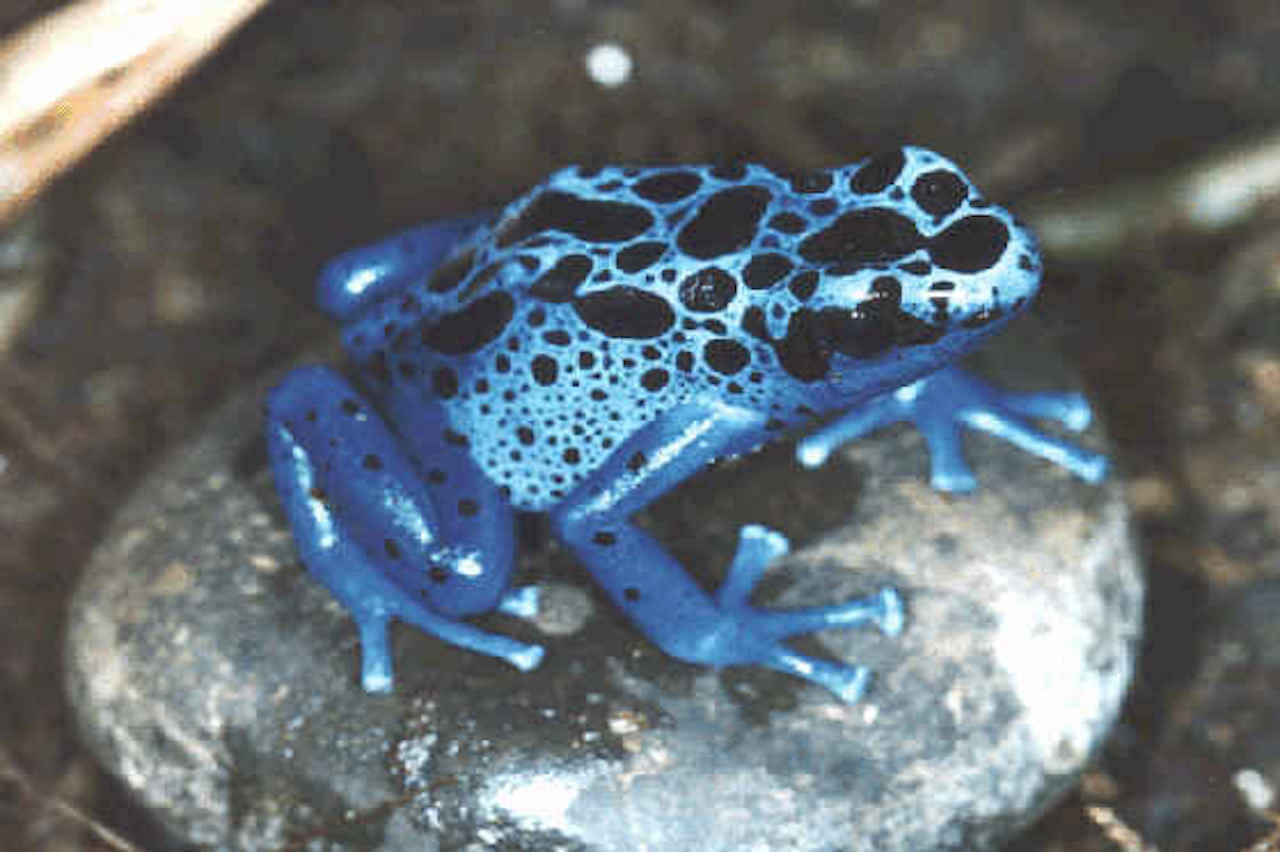dendrobates tinctorius
Dyeing Poison Dart Frog
About Me
Scientific Name: Dendrobates tinctorius
Description
Like most Poison Dart Frogs, these animals only grow to be about two inches. This species of frog comes in a wide variety of colors and patterns. Some individuals are a brilliant sapphire blue with speckled black spots, others can be yellow and blue with large black patches. Others can be a strong black with colorful stripes or spots.
Fun Facts
The regular prey for these amphibians include small, but highly poisonous species of ants, termites, and beetles.Their bodies are believed to in turn, use these poisons for their own defense, contributing to the frog’s infamous toxicity.
- Kingdom: Animalia
- Phylum: Chordata
- Class: Amphibia
- Order: Anura
Like most Poison Dart Frogs, these animals only grow to be about two inches. This species of frog comes in a wide variety of colors and patterns. Some individuals are a brilliant sapphire blue with speckled black spots, others can be yellow and blue with large black patches. Others can be a strong black with colorful stripes or spots.
The regular prey for these amphibians include small, but highly poisonous species of ants, termites, and beetles. Their bodies are believed to in turn, use these poisons for their own defense, contributing to the frog’s infamous toxicity.
The Dyeing Poison Dart Frog is found in lowland forests in the Guianas and in Brazil.
Like many species in this genus, the female lays her eggs away from the water and the clutch is tended by the male. After the tadpoles are hatched, the father “froggybacks” them to a watersource for them to feed and grow.
This is a species of Least Concern, as they breed readily in captivity, and much of their habitat is inaccessible to humans.
These captive-bred amphibians are on display at the Honolulu Zoo’s Reptile and Amphibian Complex, where their bright colors make them an easily visible favorite to zoo visitors.
Dendrobates tinctorius . (n.d.). Retrieved January 11, 2017, from http://www.iucnredlist.org/details/55204/0
Poison Dart Frogs. (2017, January 07). Retrieved January 11, 2017, from http://www.nationalgeographic.com/animals/amphibians/group/poison-dart-frogs/
Other Amphibians
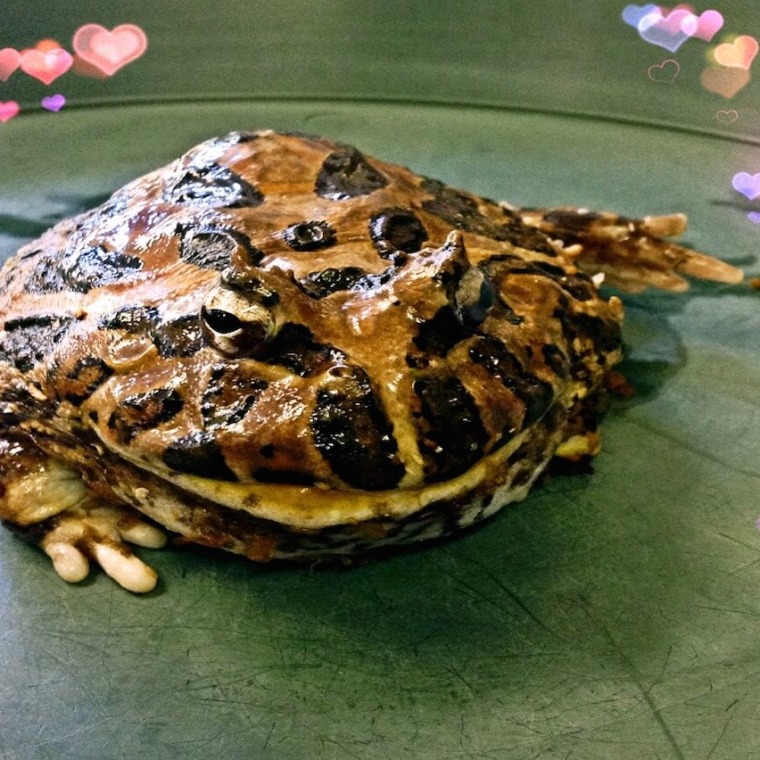
These amphibians have squat, rounded bodies with jaws as wide as their head.
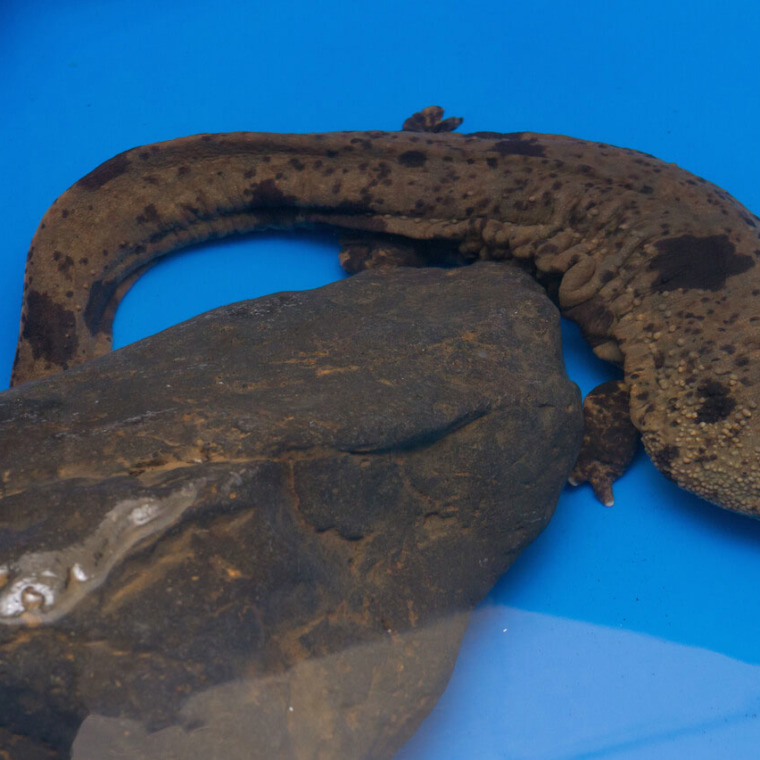
The Japanese Giant Salamander is the second-largest amphibian in the world, reaching lengths of 1.5 meters.
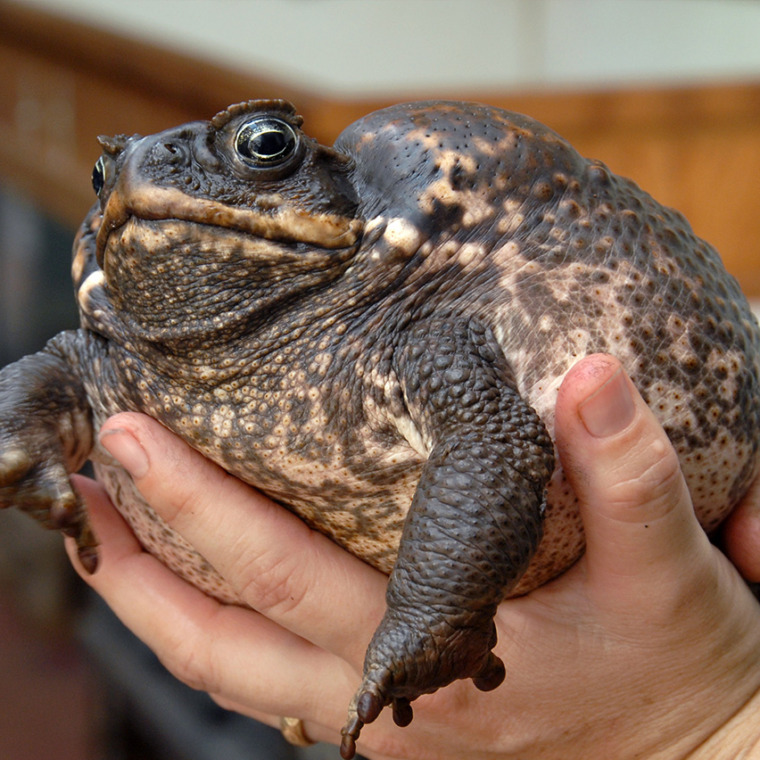
The Cane Toad is the largest species in its family. Adult Cane Toads are usually heavy-built and weigh an average of up to 1.8kg. (4 lbs.).
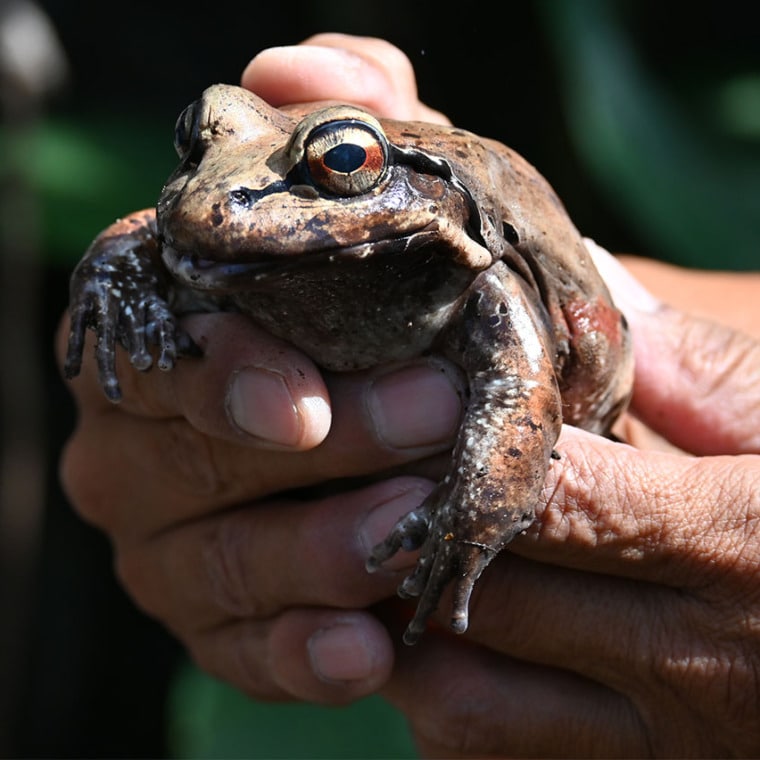
Due to their voracious nature, these frogs are solitary and males can be fiercely territorial.


